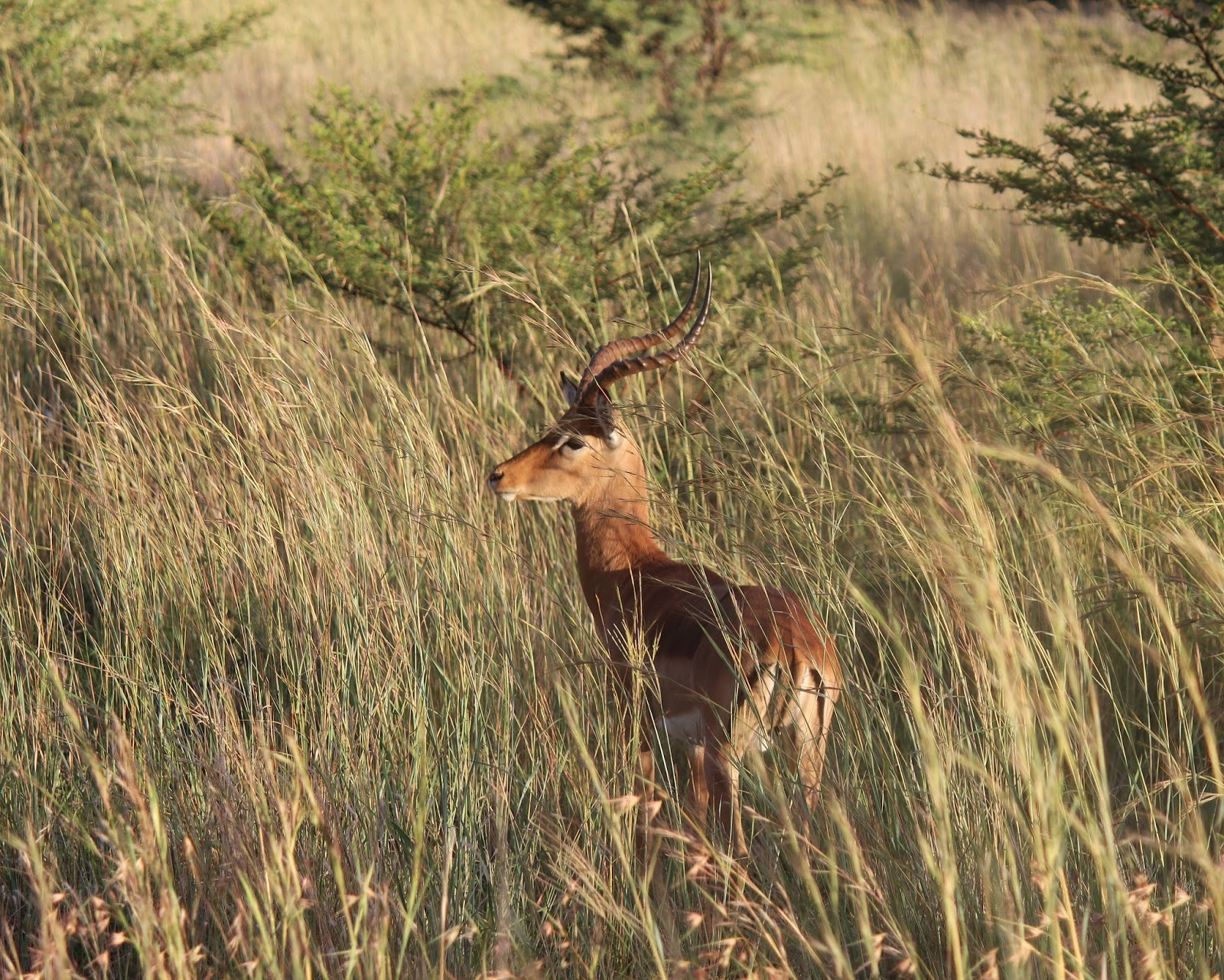Diana and I have just returned from South Africa. Our 45th wedding anniversary is on May 17, but on that day we are busy in our daylily garden. So, we decided to go to South Africa with our Gardening Host, Walter Reeves. One stop that captured my attention was at the "Cape of Good Hope." I remember my high school World History teacher, Ms. Virginia Odum, telling us about the many ship wrecks around the Cape of Good Hope, which wasn't really a good place, but a bad place, for sailing ships. The howling winds from the Indian Ocean would collide with the twisting, swirling winds from the Atlantic Ocean, and danger was the result. Over 40 ships perished on the Ocean, and also in the rocks along the coast. I'm also delighted to report that our trip included 31 new gardening friends, and we truly enjoyed being with everyone. We all just shared a wonderful, thrilling, once in a lifetime adventure.
We went from the top of Table Mountain, where the view was just awesome, to tremendous gardens that also were just awesome. One thing about Table Mountain was that the entire surrounding area could be seen, and the weather was just perfect. I don't know where the second picture was taken, but I think that it was also on the hillside of Table Mountain, showing the sparkling yellow flowers. Agapanthus was another flower that we saw in every garden. I noticed one particular variety of Agapanthus that I particularly

liked, and I took the picture. I liked the darker, blue color, and also

the strength of the clump. In fact, during the 10 day trip I took over 1,300 pictures. It is difficult to delete the pictures that I don't particularly need, and I suppose that I will probably just keep them all. Another flower that we saw in the gardens that was likewise beautiful was the yellow Canna lilies. I took a picture of Diana and our Guide, Walter, while they admired this clump of flowers. I would add that in South Africa it was summer time, and the temperatures were usually around 85 degrees. I understand that a freeze is very, very rare, but that it can happen. So, the flowers are all really large, especially when watered.
Although South Africa was grand, and although the gardens were also grand, the highlight of the trip was to see the wild animals in "The Bush." Our first sighting was of a mighty Giraffe. He was in a herd, and they were just eating the tops of the trees and bushes. I had not given the matter much thought, but apparently there really isn't a particular "sound" associated with a Giraffe. After we saw the Giraffe, we soon saw lots of Elephants. They are so unafraid of humans, and they know that they rule the areas where they walk. I saw them uprooting trees and eating the roots. I saw little

Elephants as well, and I wish that I could have walked over and touched them, but of course this was out of he question. I particularly noticed the "Impala" because it is so difficult to see in the tall grass. Its colors blend so well, and of course it runs very fast. Can't show the pictures but we also saw Lions, a single Leopard, several Hippos, and a wide variety of birds.
Speaking of birds, one bird in particular caught my attention. The bird is called a "Weaver." The male Weaver does his best to build a home, and then he tries to attract a mate to live in the home and give birth to "little baby Weavers." The female Weavers are very particular, and often do not accept the construction efforts of the male. The female will even bitterly complaint if she does not like the house offered to her. I was fortunate to get a picture of a male Weaver building a "new house."
I could write and write and write about our trip. Suffice it to say that the trip was the most exhilarating that I've ever experienced. Now that we're back home I've got to get the daylilies blooming in the Greenhouse.
More news soon.
Bill








No comments:
Post a Comment